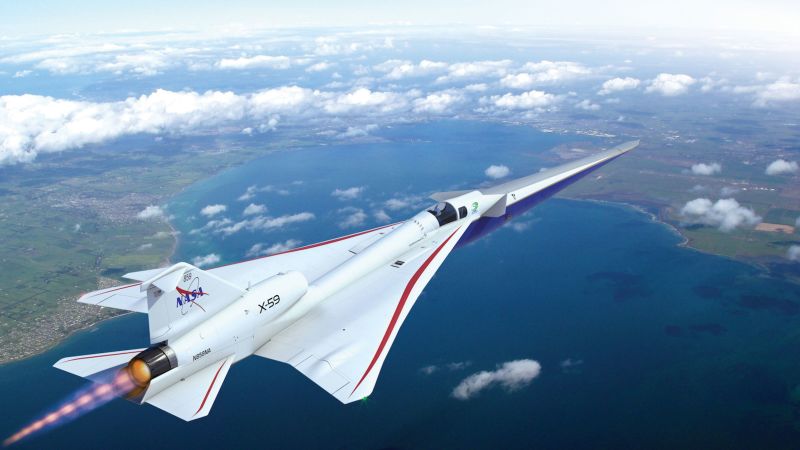In July, Lockheed Martin completed the build of NASA’s X-59 test aircraft, which is designed to turn sonic booms into mere thumps, in the hope of making overland supersonic flight a possibility. Ground tests and a first test flight are planned for later in the year. NASA aims to have enough data to hand over to US regulators in 2027.



But we’re not talking about the nature of the system here, we’re talking about this specific instance.
And I don’t agree they’d necessarily do it internally, sometimes talent is the biggest blocker, not money. They can contract out a team of highly qualified engineers from NASA for a project here and there, when they need it. Hiring people is extremely expensive and having those people do nothing between projects is even more so.
If I buy a million lotto tickets that have a 50% payout, it would be incomplete if not deceptive to point at one ticket and say “Well you might win 100 bucks, we don’t really know” instead of “the reason they’re selling you those tickets is because the risk and expense is greater than the payout.”
That’s still an example of NASA eating an expense of R&D while Lockheed gets the profits.